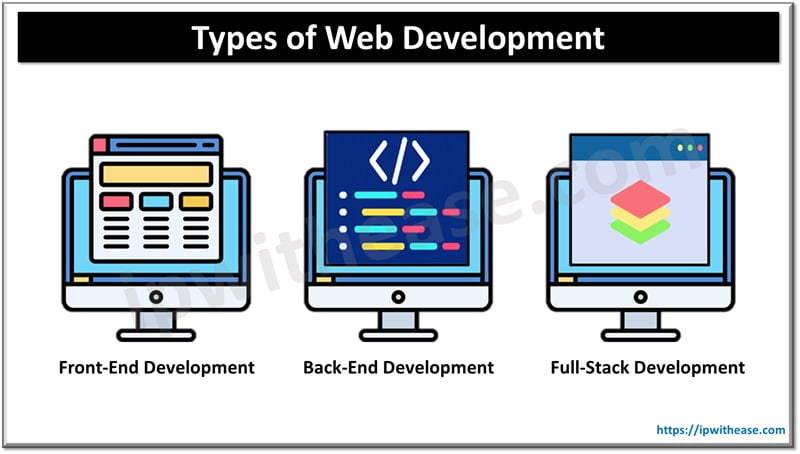Table of Contents
Session Initiation Protocol (SIP) and H.323 are two standards used for voice over IP (VoIP) and multimedia communication. Here’s a comparison highlighting their key differences and characteristics:
What is SIP?
Session Initiation Protocol (SIP) is the Internet Engineering Task Force’s (IETF‘s) standard for multimedia conferencing over IP. SIP is an ASCII-based, application-layer control protocol that can be used to establish, maintain, and terminate calls between two or more end points. SIP has been defined in RFC 2543.
SIP is designed to address the functions of signaling and session management within an IP packet telephony network. Signaling allows call information to be carried across networks and Session management provides the ability to control the attributes of a call end to end.
- Origins and Standardization:
- Developed by the Internet Engineering Task Force (IETF).
- Designed as a lightweight and flexible protocol for initiating, maintaining, and terminating real-time sessions.
- Architecture:
- Text-based protocol similar to HTTP and SMTP.
- Uses a client-server model.
- Highly modular and allows easy integration with other internet protocols.
- Transport:
- Typically uses UDP or TCP, but can work with other transport protocols.
- Port 5060 for non-encrypted signaling and 5061 for encrypted signaling (TLS).
- Scalability:
- More scalable for larger networks due to its simpler and more modular nature.
- Better suited for peer-to-peer communication and decentralized environments.
- Flexibility and Extensibility:
- More flexible and easier to extend with new features.
- Widely used in various applications beyond VoIP, including instant messaging, video conferencing, and online gaming.
- Interoperability:
- High interoperability with other protocols and services on the internet.
- Supported by a broad range of devices and applications.
- Usage:
- Predominantly used in modern VoIP systems.
- Popular in both enterprise and consumer environments.
What is H.323?
H.323 is a standard approved by the International Telecommunication Union (ITU) and defines the protocols to provide audio-visual communication sessions on any packet network. H.323 standard addresses call signaling and control, multimedia transport and control, and bandwidth control for point-to-point and multi-point conferences.H.323 is widely implemented by voice and videoconferencing equipment manufacturers and used within various Internet real-time applications like net meeting etc.
- Origins and Standardization:
- Developed by the International Telecommunication Union (ITU).
- Initially designed for video conferencing over LANs but later expanded to cover voice and other multimedia services.
- Architecture:
- Binary protocol.
- Uses a more complex architecture involving multiple components like gatekeepers, gateways, and multipoint control units (MCUs).
- Transport:
- Uses TCP for call signaling (Q.931) and RTP over UDP for media transport.
- Requires multiple ports for different components, which can complicate firewall traversal.
- Scalability:
- More complex to scale due to its heavier architecture.
- Typically used in environments where centralized control is preferred.
- Flexibility and Extensibility:
- Less flexible compared to SIP, with a more rigid protocol structure.
- Extending H.323 with new features can be more challenging.
- Interoperability:
- Initially had issues with interoperability, but standards and profiles have improved over time.
- Supported by many enterprise-level video conferencing systems.
- Usage:
- Historically used in enterprise video conferencing and some VoIP deployments.
- Still in use in some legacy systems and specific applications requiring ITU standard compliance.
The individual protocols used under the umbrella of H.323 include:
- 225.0 for call signalling;
- 931, a protocol borrowed from ISDN, also used for call signalling;
- 245 for negotiating audio/video channel parameters;
- 235 for security and authentication;
- RTP, the Real Time Protocol defined by IETF, used to transmit audio/video streams;
- 450.x for additional services like call transfer, call diversion, etc.
Comparison: SIP vs H.323
Below table enlists the comparison of both protocols –
| Parameter | SIP | H.323 |
| Information | H.323 was for multimedia communication over IP networks, including audio, video, and data conferencing. It defines an entire, unified system for performing these functions, leveraging the strengths of the IETF and ITU-T protocols. | SIP was designed to setup a “session” between two points and to be a modular, flexible component of the Internet architecture. It has a loose concept of a call, has no support for multimedia conferencing, and the integration of sometimes disparate standards is largely left up to each vendor. |
| Port Number | TCP/UDP port numbers 5060 or 5061 | UDP ports 1718,1719,1720 |
| Key servers | SIP Proxy, Redirect, Registration servers | Gatekeepers |
| Model used | Internet/WWW | Telephony/Q.SIG |
| Signalling protocol | UDP or TCP | TCP (UDP is optional in Version 3) |
| Media protocol | RTP | RTP |
| Code basis | ASCII | Binary (ASN.1 encoding) |
| Other protocols used | IETF/IP protocols, such as SDP, HTTP/1.1 and MIME | ITU / ISDN protocols, such as H.225, H.245, and H.450 |
| Vendor interoperability | Widespread | Widespread |
| Message Definition | ASN.1, a standardized, extremely precise, easy-to-understand structural notation that is used by many other systems. | ABNF, or Augmented Backus-Naur Form, a syntactical notation. SIP uses the ABNF as defined in RFC 2234. |
Final Words
- SIP is preferred for its simplicity, flexibility, and scalability, making it suitable for a wide range of modern communication applications. It is the dominant protocol for VoIP and multimedia communication in both enterprise and consumer sectors.
- H.323 offers a robust framework for traditional enterprise video conferencing with a more complex and centralized approach. While it has seen declining use with the rise of SIP, it remains relevant in specific legacy systems and scenarios requiring strict ITU standards.
In summary, the choice between SIP and H.323 depends on the specific requirements of the communication system, such as the need for scalability, flexibility, ease of integration, and the nature of the network environment.
ABOUT THE AUTHOR

I am here to share my knowledge and experience in the field of networking with the goal being – “The more you share, the more you learn.”
I am a biotechnologist by qualification and a Network Enthusiast by interest. I developed interest in networking being in the company of a passionate Network Professional, my husband.
I am a strong believer of the fact that “learning is a constant process of discovering yourself.”
– Rashmi Bhardwaj (Author/Editor)



